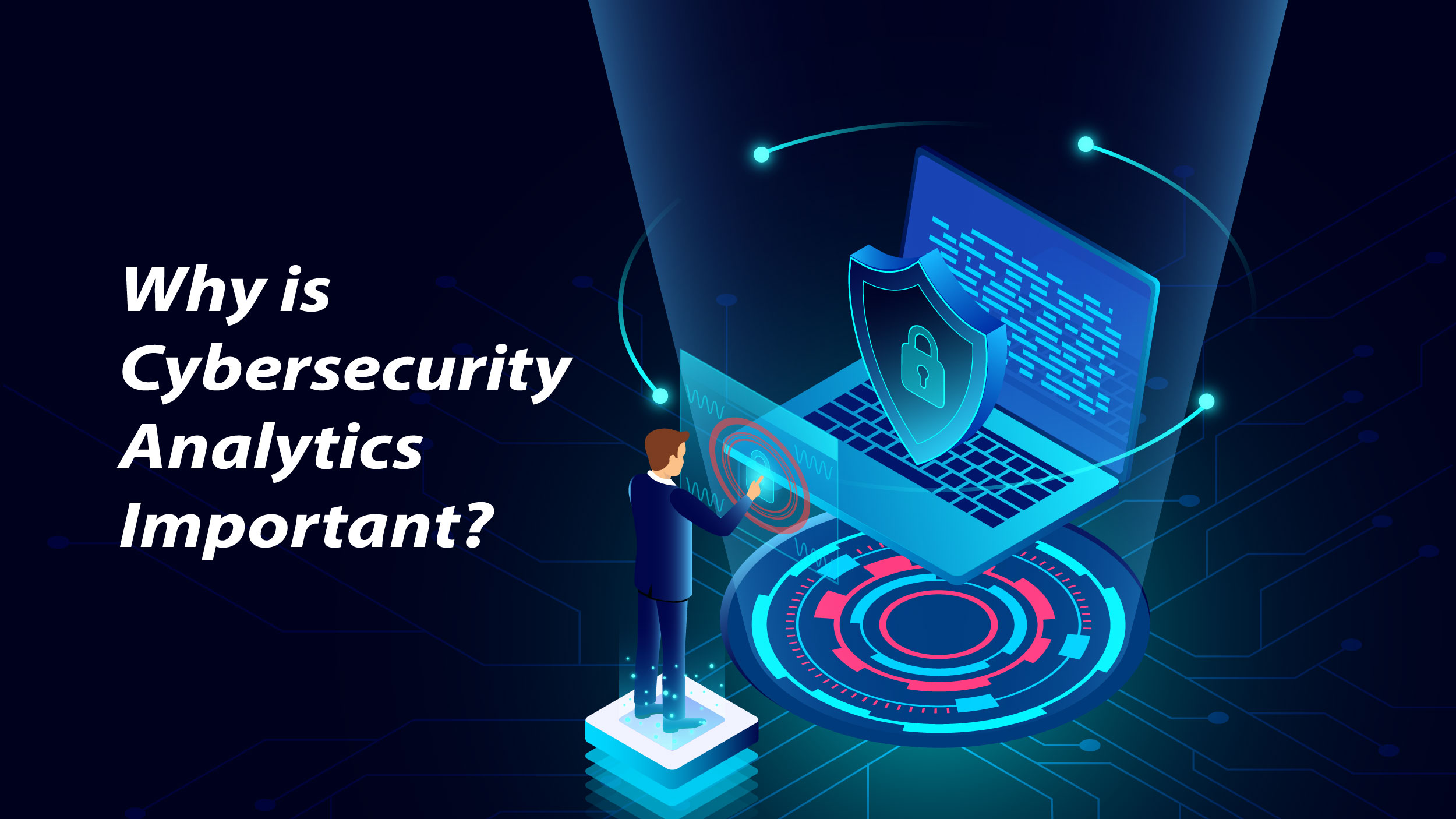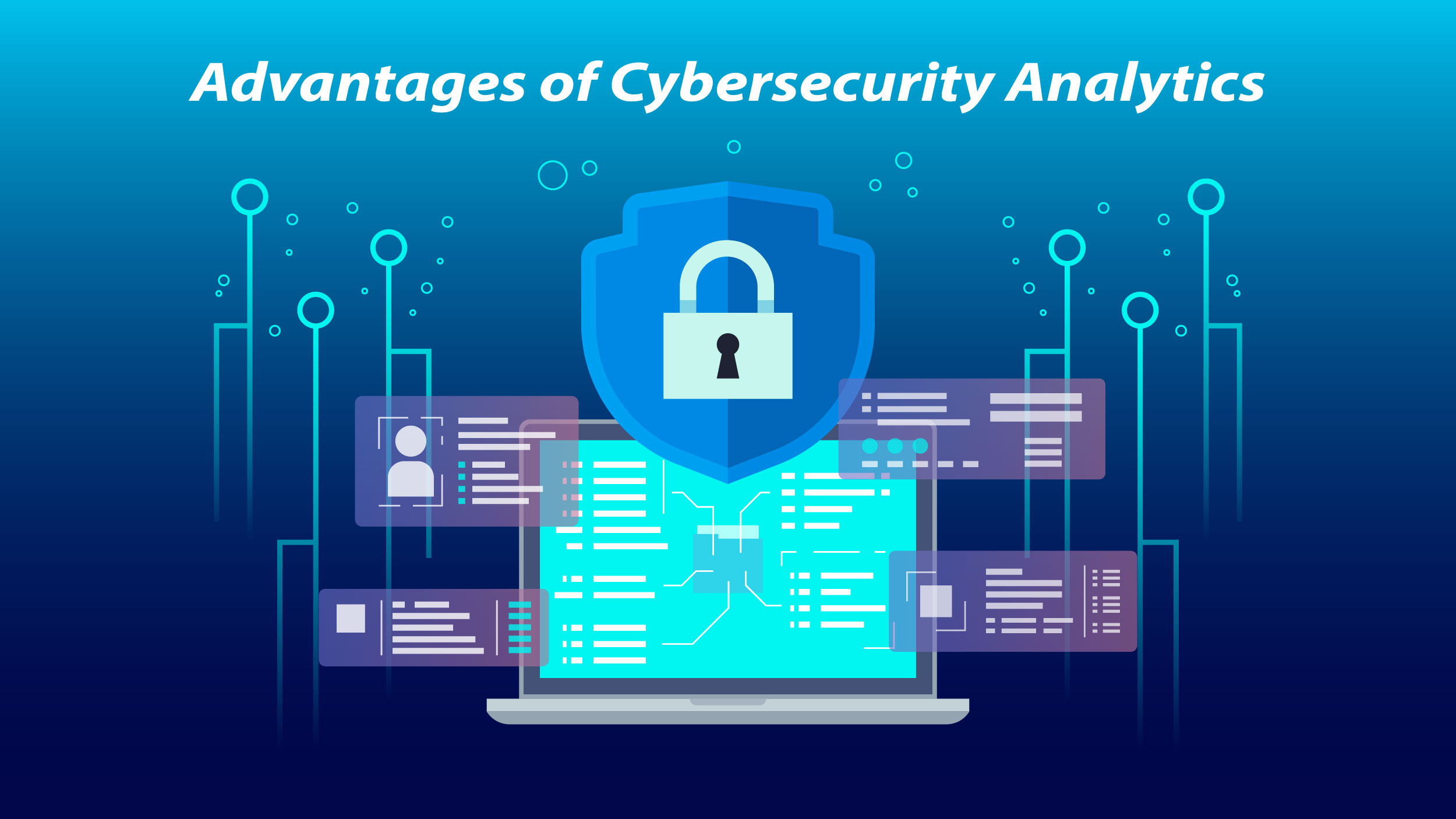Every day, companies all over the world use data analytics to cut costs and boost the effectiveness of their internal operations, production, and customer service. However, amidst the growing digital landscape, it’s crucial to be aware of the potential cybersecurity risks that can threaten businesses. By harnessing the power of data analytics, especially in the realm of cybersecurity, organizations can ensure the safety of their databases and other systems.
Large corporations often deal with huge amounts of data and take cybersecurity extremely seriously. It can speed up and strengthen the effectiveness of your company’s defense against online dangers. In this article, we will talk about cybersecurity analytics and learn how it can help your business stay safe. Let’s get started!
What is Cybersecurity Analytics?

It includes acquiring data in order to collect proof, creating timelines, and analyzing everything in order to develop a proactive plan. It is the backbone of the most successful cybersecurity tactics for developing security precautions and protocols that identify, minimize, and eradicate cyber-attacks.
Cybersecurity professionals often look at past data, like how many successful attacks have happened previously or how long it takes for a typical data theft to occur. Cybersecurity analytics is beneficial for entrepreneurs, cybersecurity experts, and business professionals. Approximately 80% of senior IT leaders worry about insufficient cyberattack protection. Cybersecurity analytics tools enhance data insight, doubling threat intelligence analysis.
How can cybersecurity safeguard resources in your organization? You can apply this type of analytics regardless of the sector in which your business runs. Using cybersecurity analytics, you will be able to:
- Detects malicious activity in your systems quickly.
- Recognize user accounts that could have been compromised and take necessary action.
- Analyze network traffic, and spot unusual activity not fitting the patterns.
- Monitor and analyze user activity almost in real time for easier fraud prevention.
Why is Cybersecurity Analytics Important?
The Center for Cybersecurity Analytics and Automation (CCAA) suggests that businesses can outsmart cybercriminals and defend against evolving threats by embracing security analytics solutions. Below are a few reasons why cybersecurity solutions are needed:
● Detailed view of network traffic
Cybersecurity analytics observe activity as it happens and offer administrators a fuller view of the network’s traffic. If a new device is added to the network or user habits differ from current standards, an administrator will have sufficient data to look into.
● Security that is proactive instead of reactive
Numerous security systems will alert administrators in the event of a breach attempt, but analytics will monitor the environment for anomalies and notify administrators of unusual behavior before the incident becomes a data breach.
Now that you know what cyber security analytics is, let’s look at some benefits that it has to offer.
Also Read: Unlocking the Secrets of Medical Device Regulations: A Comprehensive Guide for Professionals
Advantages of Cybersecurity Analytics

Cybersecurity data analytics is a sophisticated technique for cybersecurity that goes beyond traditional security oversight. Cyber threats have advanced significantly and have become more frequent, and companies are finding it challenging to protect themselves against these attacks. In order to improve systems such as Security Information and Event Management (SIEM), cybersecurity analytics offers plenty of perks, such as:
- Forensic Investigation: Improving incident investigation after a breach calls for the data gathered by network security analytics. This enables the security team to make informed choices about vulnerabilities and spot human error or intent.
- Notify Hierarchies: Alerts are prioritized by network security analytics, enabling security personnel to react to the most pressing or risky attacks. This saves the security team from investing time in addressing false and redundant warnings.
- Identification: As cyber attackers are constantly changing and refining their threats, cybersecurity analytics is assisting existing cybersecurity teams in identifying and detecting evolving threats in addition to those that already exist. This ensures proactive incident detection i.e., discovering inconsistencies before they cause damage.
- Threat Intelligence: Since cyber security analytics delivers automated threat detection, security specialists spend less time collecting data. This gives professionals more time to concentrate on other aspects of security.
Cybersecurity Vs Data Analytics
Although cybersecurity and data analytics are independent fields, they are both interrelated and have certain elements in common. Here is a list of the differences between both of these sectors.
Cybersecurity:
- It focuses on protecting digital systems, networks, devices, and data from cyber threats and unauthorized access.
- The goal is to avoid, detect, and react to cyber-attacks while safeguarding digital assets and data.
- It encompasses putting safety precautions in place, identifying and reacting to data breaches, and making sure data remains private, reliable, and accessible.
Data Analytics:
- It focuses on analyzing and interpreting large datasets to extract valuable insights and patterns.
- Its primary goal is to gather meaningful insights from data in order to guide decision-making and propel company plans.
- It includes applying statistical analysis, data mining, and various other methods to discover trends, identify patterns, and acquire a better understanding of data for making informed decisions.
To Summarize
Machine Learning (ML) and Artificial Intelligence (AI) have been an element of cybersecurity analytics for quite some time, however, the platforms that use analytics tools are still in the early stages of development. More research into how threats are deployed and handled is required in the future so that cybersecurity tools can be updated to cope with them. Security analytics can be performed on all sizes of businesses- small, medium, and large.
Simply put, with the right tools, you will not only be able to make security decisions more easily and quickly, which is beneficial to your operations, compliance efforts, and risk management, but you will also be able to safeguard financial data, private user information, databases, applications, and your company software all at once.




